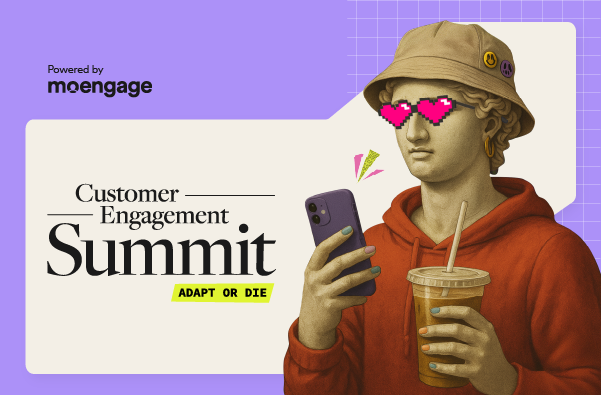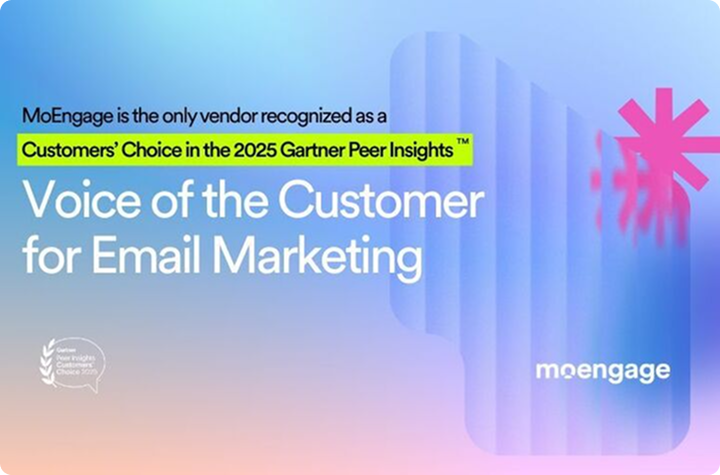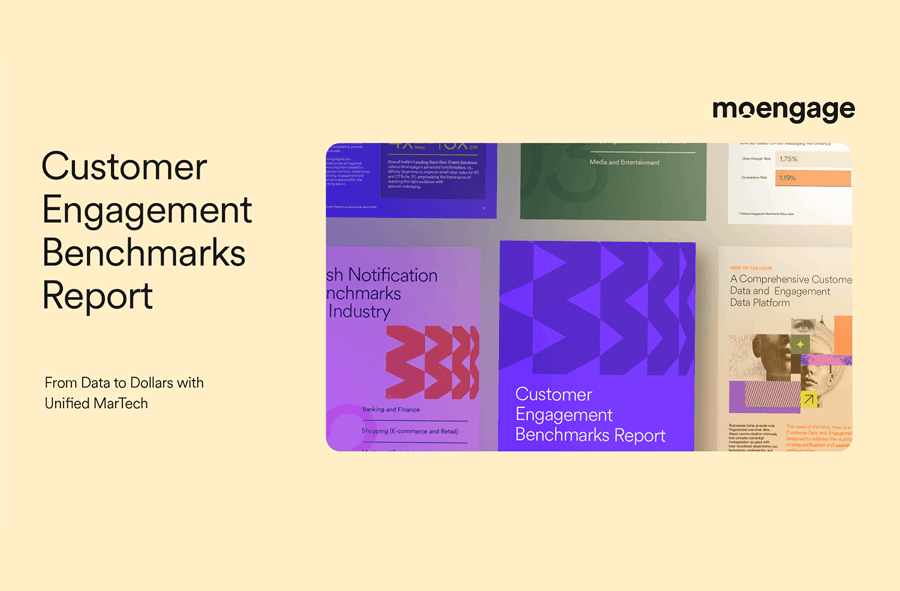10 Mobile App Personalization Examples from Leading B2C Brands
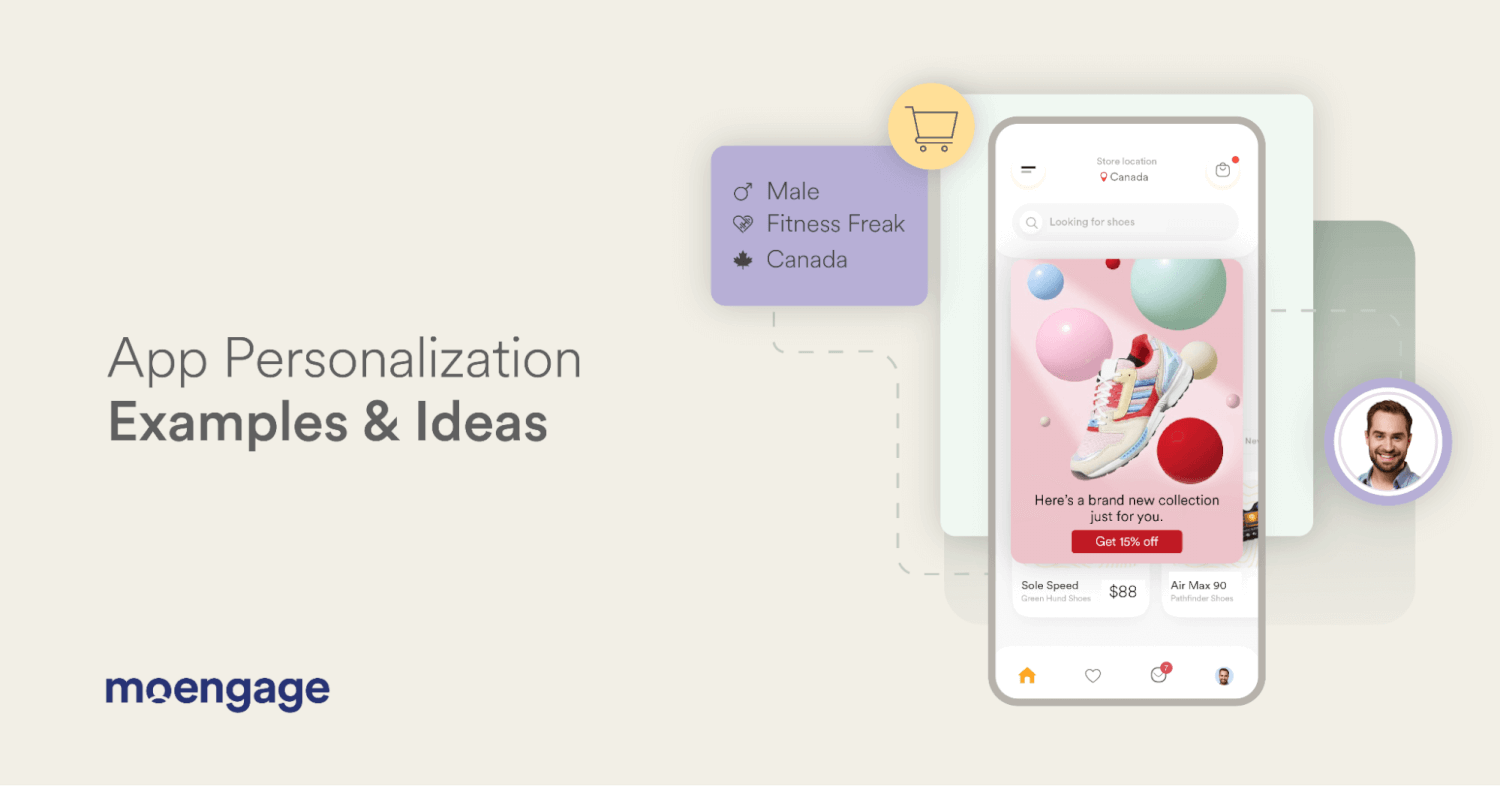
Reading Time: 5 minutes
In today’s digital age, personalization is critical to standing out in a crowded marketplace. With consumers becoming increasingly selective about the brands they engage with, it’s no wonder that app personalization has become a top priority for many businesses.
From tailored product recommendations to personalized in-app banners, companies use app personalization to connect with their customers on a deeper level and drive revenue growth.
In our latest blog, we’ll explore ten app personalization examples of leading consumer brands that leverage app personalization and what we can learn from their strategies.
1. Ixigo – Personalized Offers
Try visiting an airline app and searching for a flight there. Chances are, even if you didn’t book the ticket, you would be shown offers based on your search. Moreover, these discounts are often dynamic, changing repeatedly to provide you with the most tempting offers.
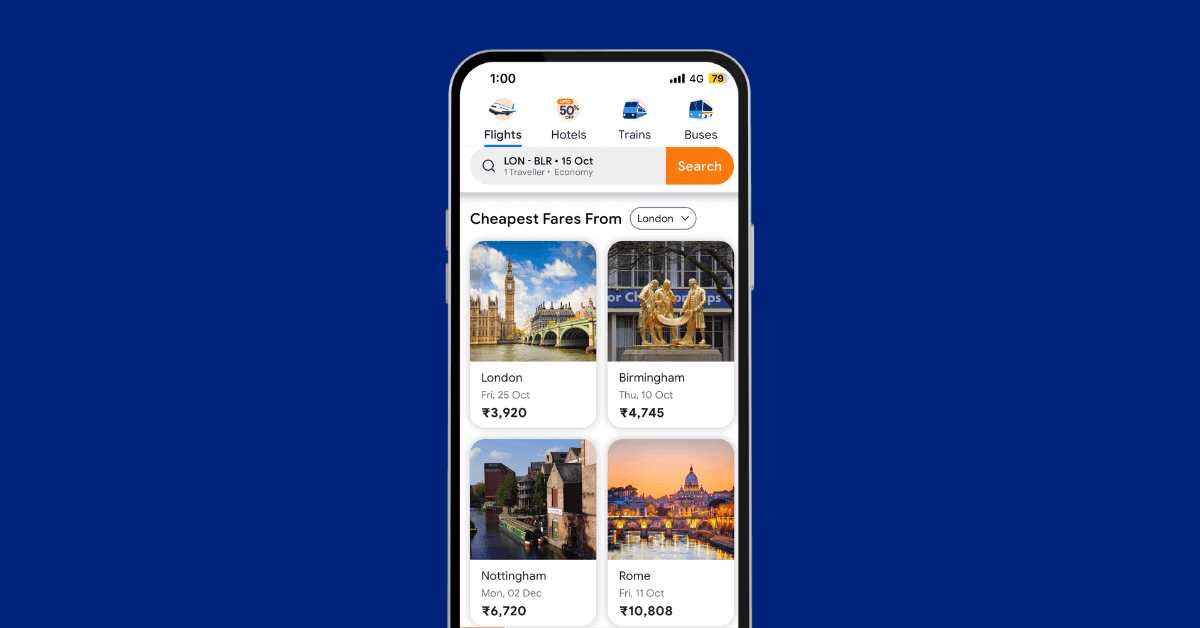
This is possible because the airline app collects data from your search history and customizes its offers accordingly.
2. Agoda – Personalized Coupon Codes
Have you ever received a discount coupon for the shoes you were eyeing online? That must have felt special!
And apparently, most consumers feel the same way! Studies show that over 80% of consumers in the U.S. sign up with personal email addresses only to receive an exclusive discount coupon.
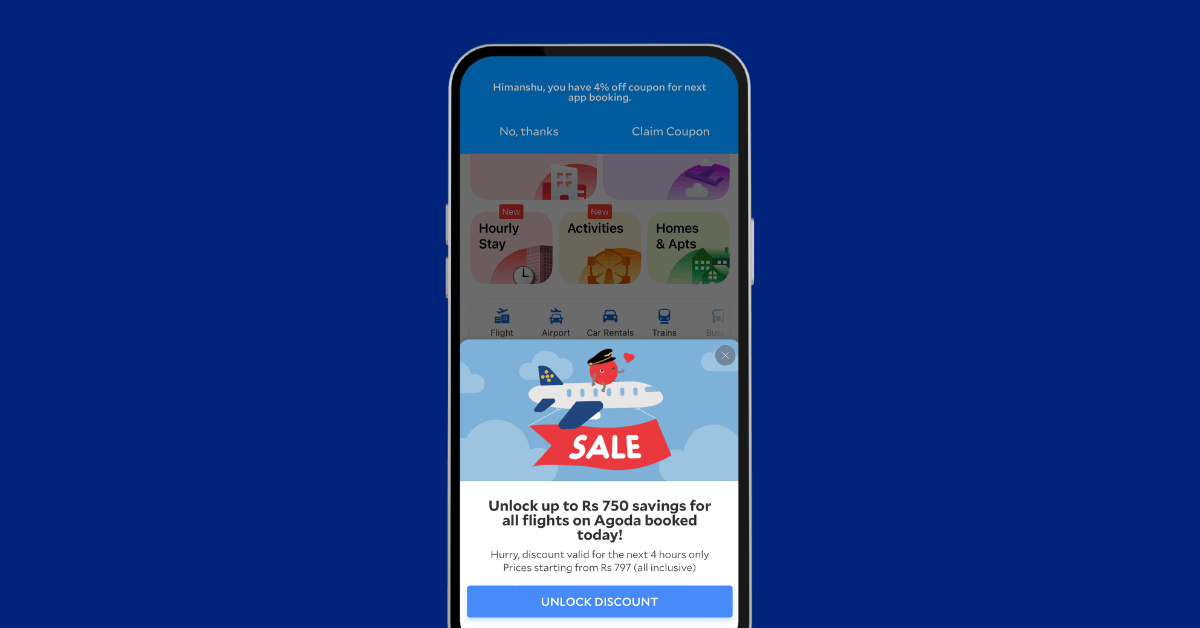
E-commerce companies understand this customer delight experience and often customize their discounts based on customers’ app browsing history.
3. Amazon – Personalized Search Recommendations
In-app app searches have become more personalized than ever. Brands change the order of search rankings based on your search history, demographic information, or geographic location!
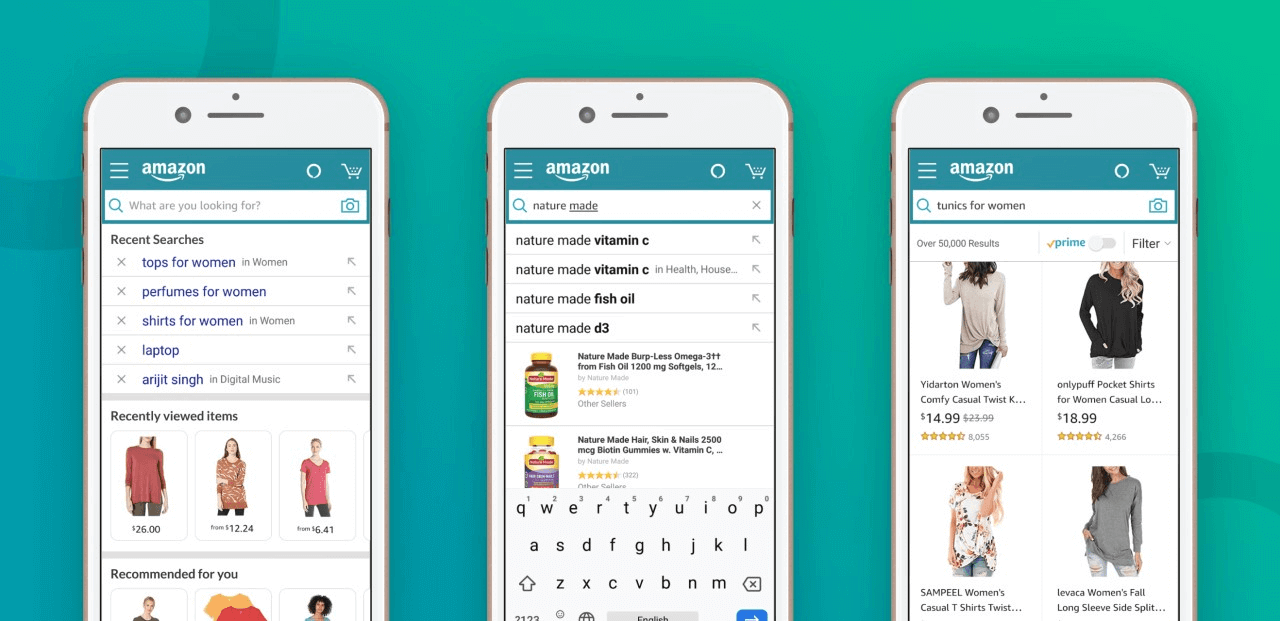
When you go to Amazon and search for sneakers, Amazon shows you results based on your past preferences – your favorite brands and models. The top results make it easier for customers to find what they want!
4. AU Bank – Personalized Categories
Banks and other financial institutions can access financial information such as credit/debit card history, salary range, expenditure patterns, and customer behavior.
This data allows them to customize their apps depending on the type of customer.
For example, if a customer frequently uses a particular credit or debit card, the system can first prioritize bank-specific offers and discounts by displaying those tabs. Similarly, if customers frequently check their rewards or savings options, those tabs can appear prominently.
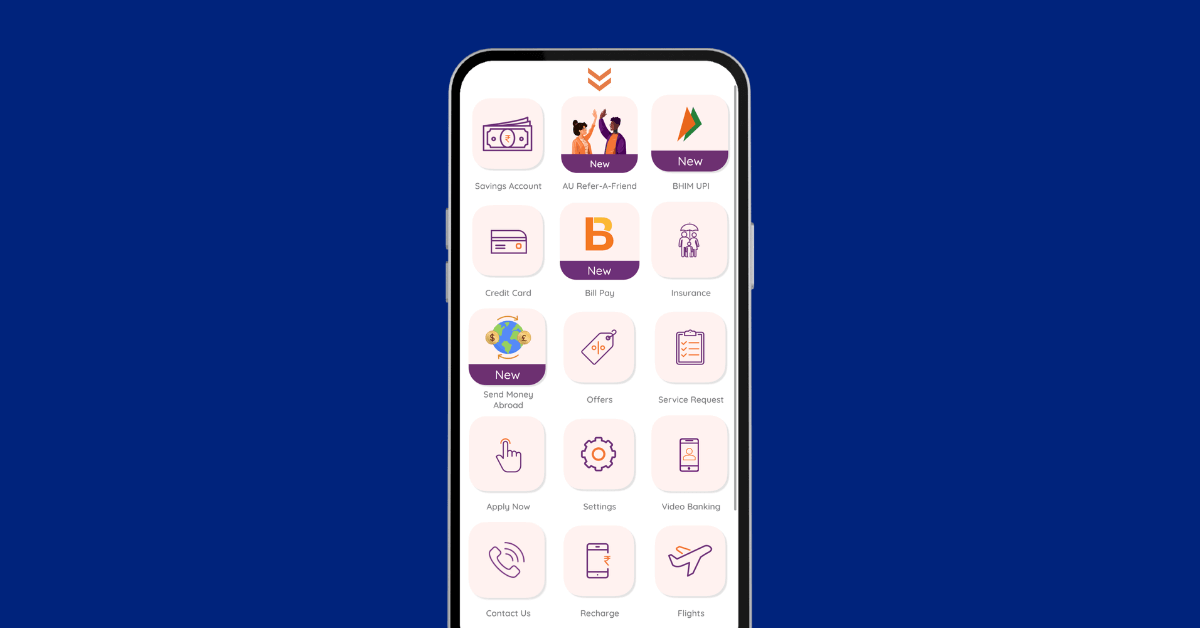
These personalized experiences enhance the customer experience and increase the likelihood of offer acceptance/redemption.
5. HDFC Bank – Cross-sell/Up-sell
Have you ever received a nudge to buy products worth Rs. 200 more to get free shipping? Or a pre-approved loan offer from your bank?
All of these are examples of companies upselling or cross-selling to you. Companies offer tailored product or service recommendations based on your behavior, preferences, and purchase history.
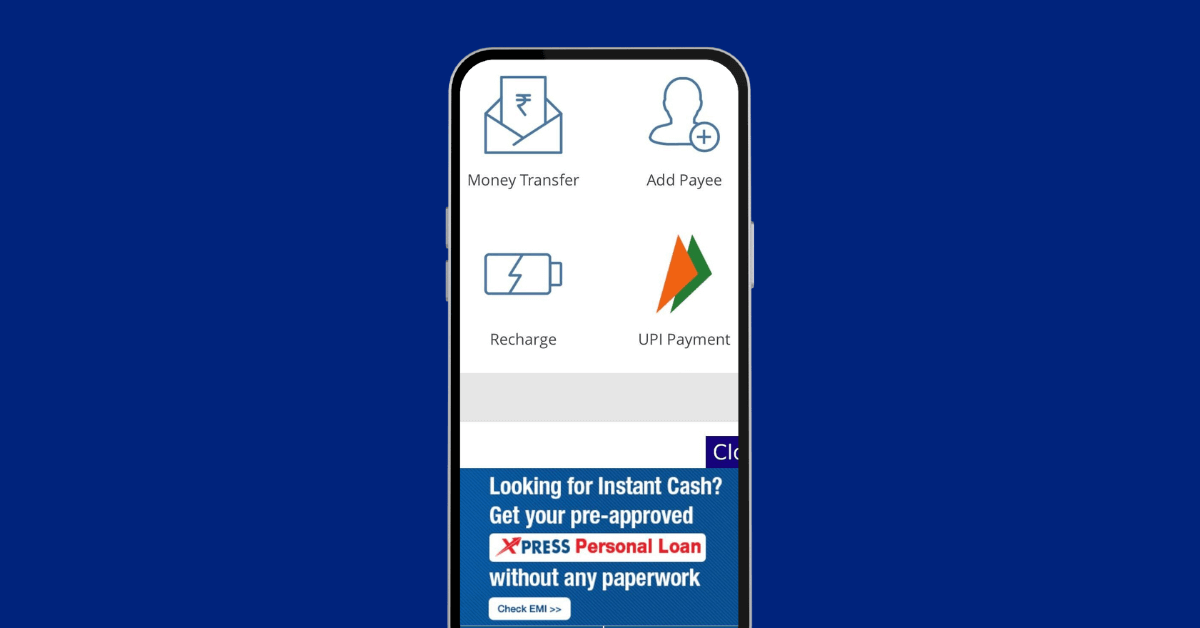
Personalization increases the relevance of the up-sell/cross-sell recommendations, boosting conversion rates and customer satisfaction.
6. Myntra – Transaction Completion Nudge
Cart abandonment is a significant issue for all E-commerce brands. Customers often select and add a product to their wishlist only to procrastinate on the purchase. These purchases, however, are only completed a few times, resulting in a loss of revenue for the E-commerce companies.
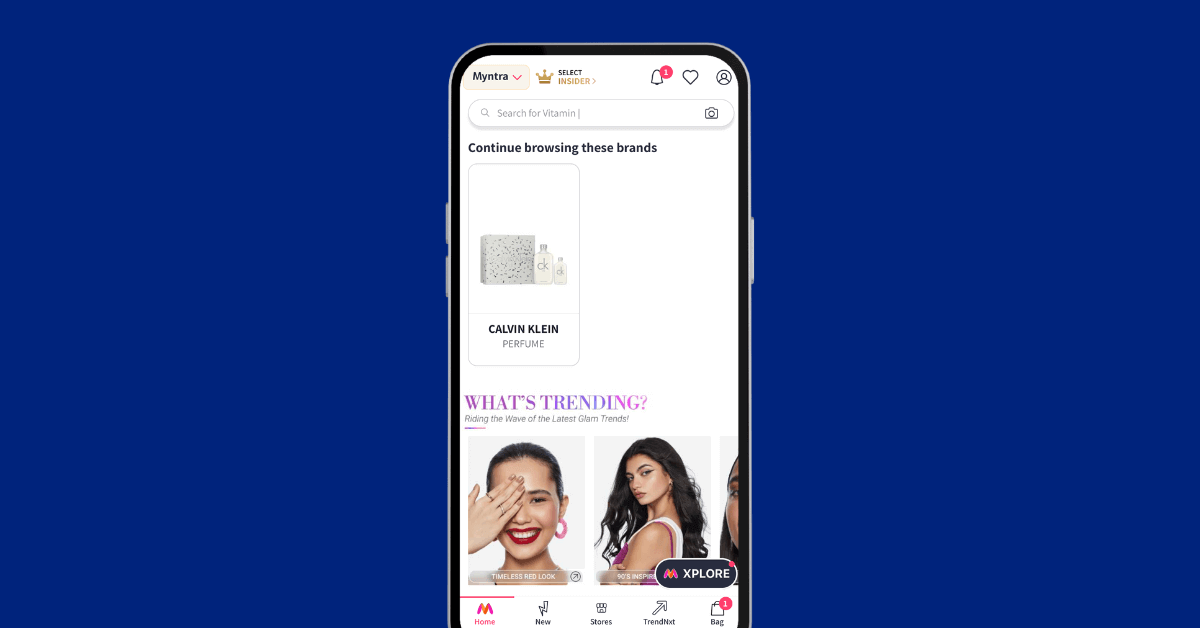
This is where companies use the ‘nudge.’ A smart notification system in the app detects cart abandonment and then sends a message to the customer ‘nudging’ them to complete the transaction.
Nudging helps with improved transaction rates, better customer experience, and increased revenues.
7. Uniqlo – Modify Static Elements on the App
In a lot of apps, the first-time visitor gets the option of ‘Learn more’ as their primary CTA. The same customer might get something like “Continue Your Journey” or “Unlock More Features” when they come back the next time.
This is a prime example of dynamic personalization leading to modification in static elements like CTA buttons or hero banners.
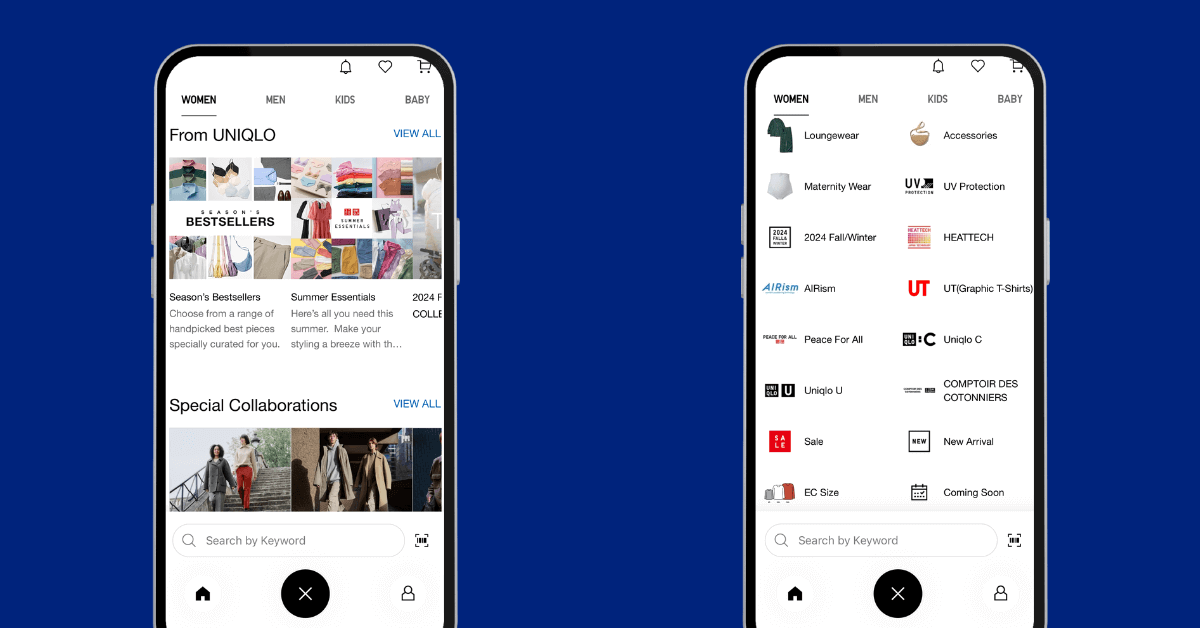
These modifications often help customers get the most relevant information based on the stage of their customer journey and take the next course of action. This also often helps companies with A/B testing, as they can understand what elements are working for their app.
Below is an example from Uniqlo on how they personalize customer search experience.
8. Changing the App Page Layout
Brands that have information about customers’ behavior patterns and preferences can dynamically customize their page layout elements to suit their needs.
For example, an E-commerce platform might hide the “recommended products” section if they want certain customer categories to focus on browsing categories. Similarly, travel platforms customize their app layout as per customer preferences. For example, they might showcase flight related menus and offers to segments who only use their app to book flights.
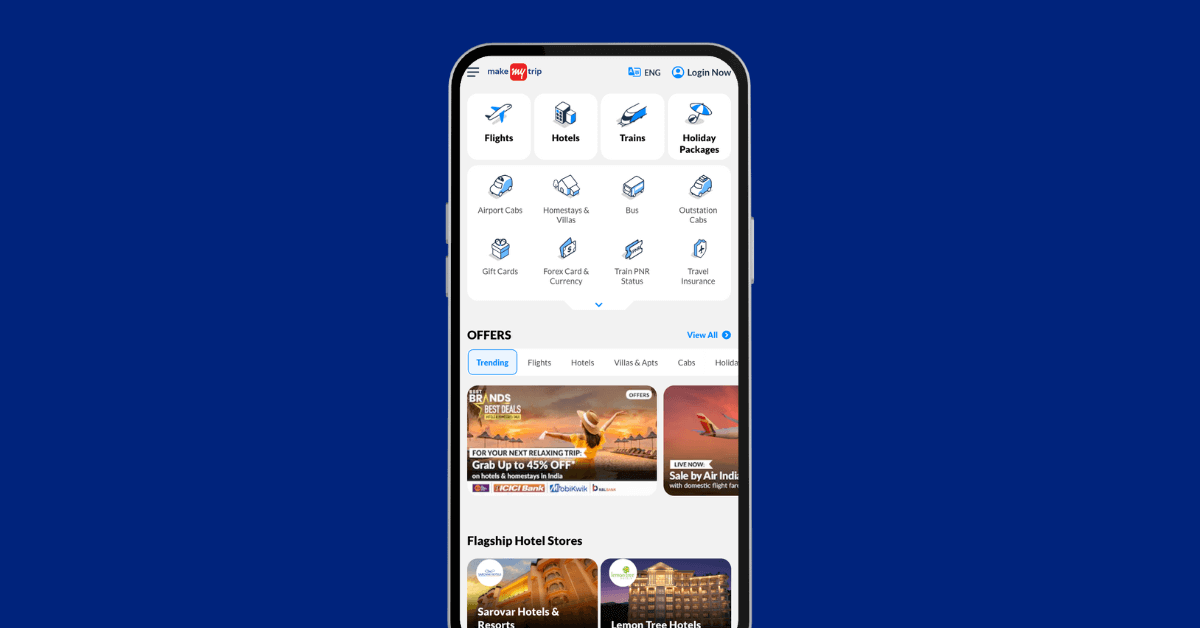
Providing clear, customized options to customers on the app can help companies with better product adoption, more engagement on their app, increased retention, and even reduced support costs!
9. Amazon – Dynamic Product Recommendation Grids
If you have ever shopped on an E-commerce app, you must have been recommended many products in addition to the ones you selected.
These recommendations are based on your behavior patterns (browsing history, past purchases, items added to the cart) or preferences (frequently visited categories, budget range, geographical location, etc.)
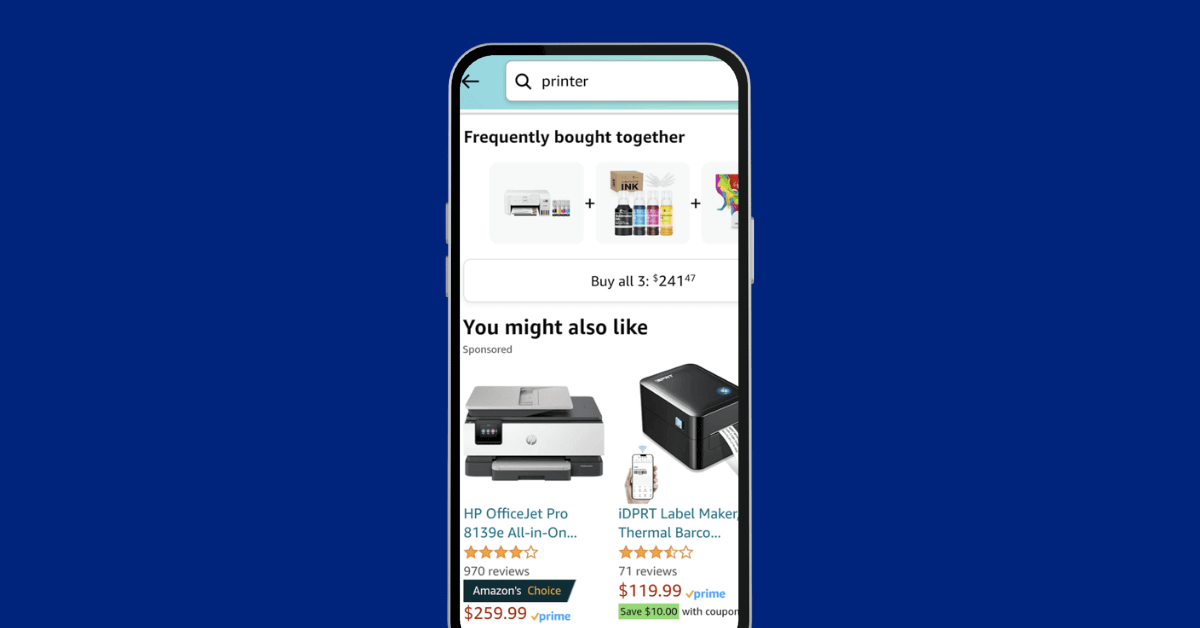
Once the system has the data, it analyzes it based on the products that similar customers to you have purchased. It then shows them on a dynamic grid that gets updated based on your real-time browsing and the latest actions on the app.
10. Headspace – Improved Onboarding Experience
Customer onboarding is the company’s golden opportunity to establish a rapport with the customer. Not only can companies personalize the customer experience with their name, address, and other related information, but they can also tweak the workflow and the feature list based on their behavior.
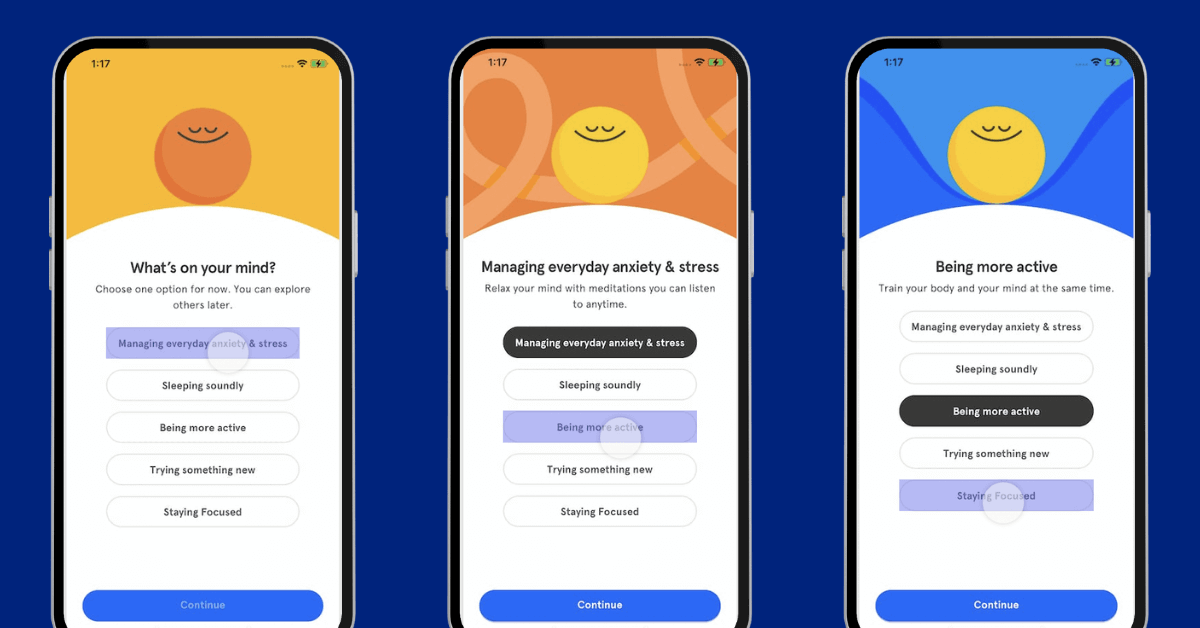
Customizing the onboarding process not only improves the customer experience and engagement but can also lead to less customer churn, more upselling and cross-selling opportunities, and more revenue overall.
Below is an example of the Headspace app nailing the onboarding experience.
Conclusion
Every leading brand is trying to increase customer engagement on their apps, and personalization is the key to stand out.
Mobile App Personalization enhances and simplifies the customer experience, driving higher customer engagement, retention, and brand loyalty. This ultimately results in greater conversions and revenue growth.
Learn how to enhance your mobile app experience with our latest Guide to Mobile App Personalization.


